So you have decided to try something new. It’s New Years, it’s January, perhaps it’s a resolution. Or perhaps it’s only kind of a resolution: you saw something in yourself that needs to change for good, due to that “beginning of year analysis” we all seem to do. Maybe it’s a diet change: you want to go plant-based / vegan for awhile. Or get in more exercise too and drop some weight. Or cut out the sugar and alcohol and detox for a bit. Turns permanent? Great! Whatever way you got here, whatever reason caused you to click on this page: I’m so happy you’re here. But now what? What is to expect on this new path, this new diet, this new health? And more importantly… how do you do it.
This morning I taught my regular 9:30am fitness class, and I looked out at my students and saw about twice as many faces out there as usual. It’s January 2nd! Of course. I always hope in my heart I’ll see them there in February and beyond, so I worked extra hard today motivating those students, but I don’t expect to see them there in a month or two because I know change is hard. I know we often don’t give change a chance. I’ve been there.
Plus, it’s Veganuary (trying a plant-based diet for the month of January), when many people are out there trying a change, for at least a month. Or it’s some other form of diet, or a will to “eat clean”.
Will you make it a month? You can, with some analysis and a plan in place.
But have I ever stuck with anything?
Yes. Three big changes I’ve gone through: weight loss. About 10 years ago I worked around the clock, ate horribly, and found my 5’3” frame supporting 230 pounds. I felt terrible, and found myself at the doctors with high blood pressure, blood sugar, cholesterol, and more. This led me to the gym, and at that time a less healthful diet than plant-based, but a radical diet change nonetheless (ok full transparency: I did calorie restricted low-fat… and although I dropped pounds, do NOT do this, it’s an awful and unhealthy way to try to lose weight). Still at it: I eat an even better diet, I’m still at the gym (sometimes even have to cut back), and while there has been a bit of flux in weight, kept the 90 pounds off.
A year ago I (properly) learned about plant-based diets, found my way around to educating myself about factory farming, and dove into information about nutrition and decided to drop the animal products from my life.
And more recently I decided to quit alcohol (that weight flux? this!), which was perhaps in the “maybe a problem simply because I’m asking myself if it is one” territory. So far so good, although this one has been a bit of a rocky road due to depression.
Over 10 years and several big “resolution style” changes, I learnt a lot about myself. I’m happy to say I made them stick well beyond the month mark, and I’ll share what went well and made that happen. It’s different for everyone, but here’s what worked for me when making the 10-years strong changes. You will learn what works for you, it’s part of the process.
1. Why are you making this change in the first place?
It could be that doctor visit, because you want to live a longer life for your kids, trying to get out of a minor depression, saw a documentary about factory farming, you want to be more sustainable, or you saw something (or someone) you don’t want to become. Whatever it is, remember it. Write it down if you need to. Because when you get down into the trenches of making your change, it’s easy to forget and it could help you continue. You may need to dig deep on the “why am I doing this”, or re-watch that documentary, to continue. That’s OK.
But know this – your reason for change – is sometimes not enough to make you stick with a change. You will have powerful forces, like habit or boredom or your brain trying to tell you something “just isn’t you,” or “my body needs something ____”, that will be your roadblocks to success (or what throws you off the road altogether).
But it is one important thing to help you focus when things get rough. And they will, because big life changes are never easy.
Write down your reason. Add more reasons to that list as you realize them.
2. Find your love for the new game.
This, for me, was always the most important thing to do with every major change I made. I had to learn to love whatever would get me to my goal. Without that love, you’re often using willpower and willpower is the hardest way to achieve your goals. It’s not changing your lifestyle, which is ideally what you are after… or you’ll likely end up full circle back to where you were at the beginning of step 1, above.
You probably won’t find your love right away, but know it’s out there – and don’t stop before you find it. This is key, because it is so easy to say this change “isn’t for you” or your body is telling you something different. Our bodies can lie to us, especially when we are detoxing or fighting cravings. How many times have our bodies told us they NEED that sugar. I NEED that glass of wine. It’s the same with many other things, like dairy or that new class you’re taking (but not all… if you feel anything stabbing while exercising listen to that of course!). At the beginning I felt like dancing wasn’t for me, wasn’t the ticket, I’m not a dancer. I felt this way near the middle of the first class especially, and even the third. But I stuck with it, found my love, and now I teach it 10 years later.
Try, don’t give up until you give something an honest try. Listen to your body, but also be wary of the lies – especially when you start out. I hope that makes sense.
If you’re starting a plant based diet, read read read. Learn how to follow recipes if you’re new to the kitchen. Find great books and sites (hopefully this one!), and subscribe to them. Try a bunch of different foods, try new vegetables and fruits, discover new products (black bean noodles anyone? I’m dying to try them), experiment with flavors. Head to vegan restaurants and learn what’s possible with your new way of eating, then try to make what you liked there on your own and experiment further. Remember you probably have cravings, perhaps as the result of detoxing or addiction. Remember your stomach will feel weird for awhile (or a month or two). It all gets better. Just like my two left feet did!
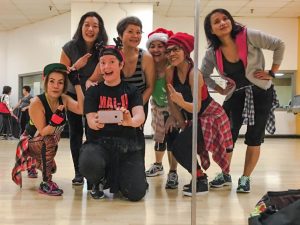
If you’re starting an exercise plan, try every class on the schedule at least 10 times (because you only start to like it when you feel comfortable with the moment). I thought yoga was dumb until I found bikram. I thought I despised bikes until I found a spin instructor with a killer music selection. And of course I thought I had two left feet until I took dance classes (for a couple months!) But sticking with it lets you learn enough to gain confidence, muscle memory, and only then do you relax enough to enjoy it (or not). I have a beautiful 73 year old woman who started in my urban beats dance class this summer who has not missed a week. She keeps challenging herself with a smile on her face, and I bet feels better each week.
Nope, not every format was for me… I doubt anyone out there loves every single format or food or activity – but sticking with each thing you try for long enough to make that decision lets you find exercises/foods/activities you actually want to do.
And that’s the key: find something you love so you aren’t forcing yourself.
Because once you love the class or the food or whatever the replacement activity is, it’s no longer a chore and it lets you form newer healthier habits without feeling like you’re trying. Often you won’t even see the benefits until a month, or three, or six in. You build muscle, you detox, you don’t crave, you aren’t as hungry, you know how to make two dozen healthy recipes you LOVE so you don’t feel deprived, you have muscle memory and know how to “do” those moves. So give yourself a chance to see that benefit, and do what you can by experimenting to find your love.
Suddenly you want to do whatever it is.
And if you’re making an addictive change, like dropping alcohol or cigarettes (or heck….many foods like cutting all sugar out), know that the brain is a powerful muscle and it may be best to not do that alone. (And you shouldn’t medically — if withdrawal is involved – please see a doctor). Addiction and habit go hand in hand, and both are incredibly powerful forces on your body. Seek assistance, find a tribe to help and support you, and educate yourself (ideally with a professional) about the power of habit formation. On to that next.
So – experiment, experiment, experiment. Try a variety of classes and formats, learn how to cook, try new recipes, buy three new spices each time you go to the grocery store and try to use them in three new things you make that week. Whatever your change is, experiment until you find things you adore so you aren’t using willpower to change. And keep doing this until you meet your tribe, have a new way of eating, or reprogram your old habits.
3. Changing habits and fallbacks by forming new (better) ones.
When you are really, really used to something, change can be hard.
Habit is a cycle, often based on some kind of cue. For example, it could be the time of day (you get home from work and do a certain thing). It may be an environment, such as a restaurant you go to (you always order a particular dish).
Changing your habits might be as simple as changing the environment (go to a different restaurant), or it may not be that simple… you probably still have to go to work (where there might be donuts), or come home from work (where your roommate is drinking her glass of wine), for instance.
So adjusting habits requires careful analysis and a whole bunch of planning.

Recognize your cravings, and substitute your typical reward. And keep experimenting until you find something that works. I want a glass of wine, but I retrain myself to go for a cup of coffee and a blog post (coffee not the healthiest, but one step up and something I also love – later I can work down the chain to something carbonated, to tea, etc). And think outside the box, too: maybe the reaction to that craving isn’t even answered in the same category. You really want to eat some cheese, maybe you go for a walk or jog with the dog if that could be a reward. When you crave a sugary dessert, you have some mini stevia-based desserts in the freezer. Craving diminished? If one doesn’t work, try something else. That’s your new reward.
Then remember that, even write it down. When I want my sugar, I head to the freezer for this plant-based sugar-free option instead. Keep doing it.
Changing habits is not easy. Remember that. Your brain will be telling you explicitly that you should be doing X. You will tell yourself that doing X will “do the trick.” That doing X is “what your body needs.” Is it? Is it really?
But logic, nutrition, and even the doctor might tell you it’s Y instead. Sometimes your brain is a liar, but it can be retrained.
This is sometimes where failure comes in, and that’s OK (as long as you allow it to lead to improvement). You caved in to X and… bought a pizza, or opted to stay on the couch instead of go to group exercise class, or your brain told you your body needs an egg. Why? What was the trigger, or why did you make the choice? Or… was it even a choice? Figuring out the answer to that question can lead to change for the better.
Was the fridge empty? Were you too tired? The cookies were on the counter? Or do you even know… was the wine suddenly in your hand and you don’t recall the decision at all?
If you don’t even remember what led to the decision, it could be a habit. Or perhaps there was a weakness there (exhaustion? you were starving? etc) that could lead to sitting down and figuring out a way to prepare better tomorrow. Make some healthy trail bars for the car, always have a change of gym clothes on the top of the dresser and your bag ready at the door. Maybe it’s not sitting on the couch in the evening, because you always associate that with your evening glasses of wine. Maybe you need to reprogram by watching TV somewhere else, or reading a book, or working on your new blog (a great distraction too!)
Reprogramming our brains is difficult, but it’s also not forever. You can return to the couch after you have formed those new (wine-less) habits, for example.
Is something not working? Maybe you haven’t yet found the exercise you love, or you need to find some new recipes for healthy meals you actually look forward to.
Whatever it is that leads to that regression, analyze it. Write down your discoveries so you don’t forget. Allow it to lead your change on your journey to a permanent improvement.
Then you form new habits. Instead of reaching for the glass of wine, you suddenly reach for your specially flavored Pellegrino without even thinking. You’re reaching for the healthy dessert that’s ready in the freezer. You head to the gym automatically after work because you love that class and actually want to be there – and your car seemed to drive itself there.
More about habits and the feedback loop here, and here. I highly recommend Charles Duhigg’s book The Power of Habit.
4. Optimize your environment for success.
This (science based) study gives us one thing to think about: “laziness” can help you with your goals in some ways. If the apples are on the counter and the chips up high, many people go for the apples because they’re too lazy to get out that step stool for the chips. Set yourself up for success, and keep junk food out of the house (or at least off the counter) – it’s a thing.
Look at your environment and change it to the best of your ability. Remove food from the house that sets you up for failure, and replace it with healthy options that excite you. Examples:
- Plan meals for the week in advance, and do all the prep work on the weekend (or whenever you have more time than usual).
- Find a gym with great classes, or one with towel service and well-functioning machines – whatever it is that makes you feel better when you are there.
- Seek a support team. See a fun, happy, motivating person in class? Go stand next to them when you can. Inch your way to the front row. Strike up a conversation. Whatever makes the environment better for you increases your chances of success.
- Again, remove those easy-to-eat junk foods, bottles of wine, and so on from your house. Can’t remove what you’re trying to avoid from an environment (say, a work place?) – keep (great tasting) healthy foods right at your desk so they’re easier to reach for than walking to the break room.
In summary: if dealing with habit, find replacement habits that you love. If you think your new diet is boring salads, you’ll quit before you see the benefit. Find better recipes. If you hate the treadmill, or decide after one dance class you’re done, you won’t learn if you love exercise. Stick with it, experiment and experiment more, and learn what you love. Adjust your environment to support that love. These things will see you and your change through to February and beyond.
[sub]
- Pad Thai Protein Salad recipe from The Plant-Based Cookbook + Book Review and Giveaway! - December 9, 2020
- Lemon ginger bowl sauce with miso recipe (Oil free, no added sodium) - November 30, 2020
- New vegan bacon at Whole Foods Market – 300 store roll-out - November 15, 2020

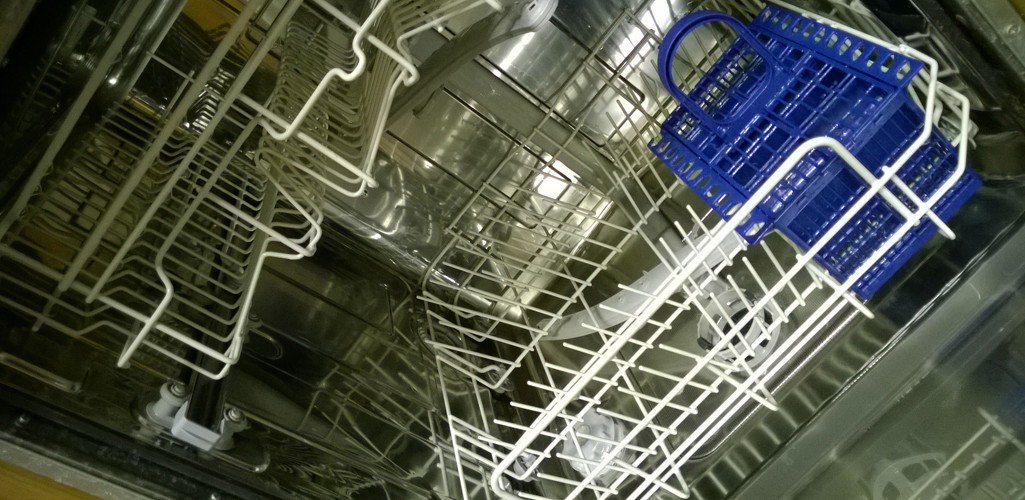
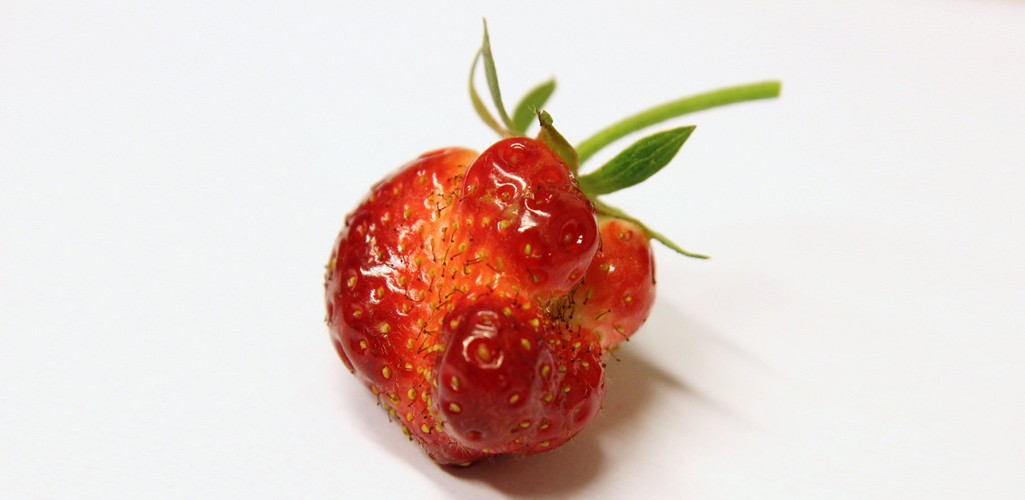
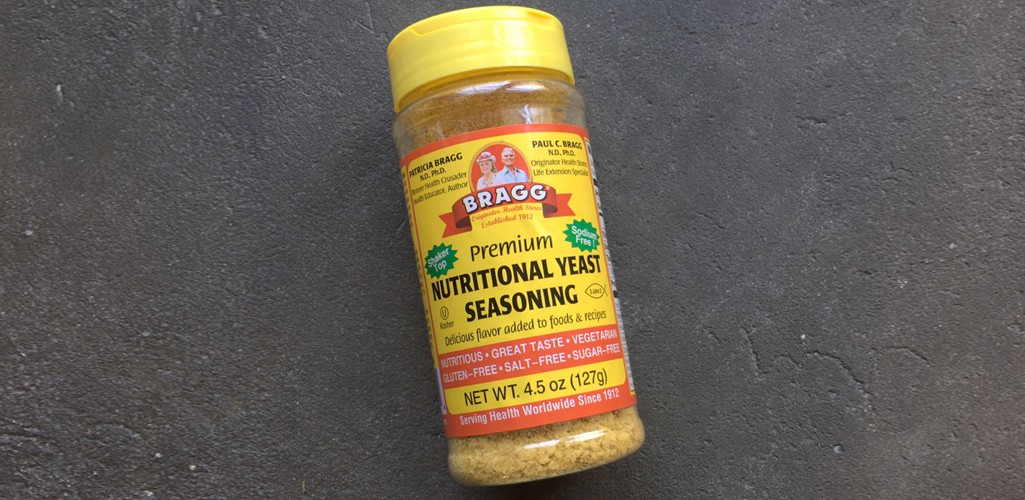
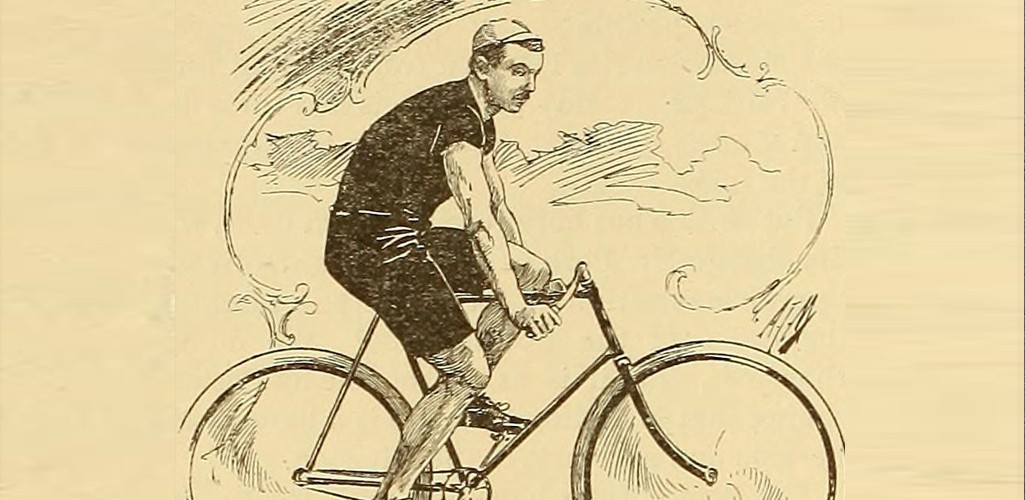


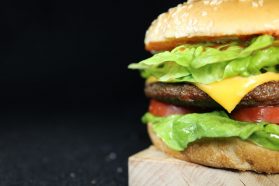
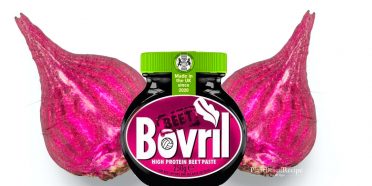


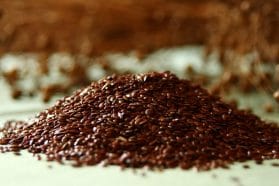
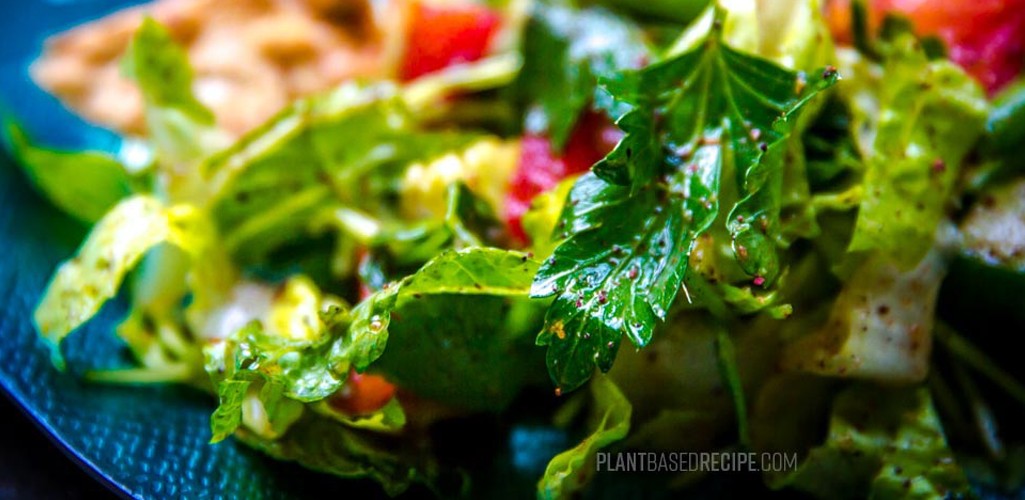
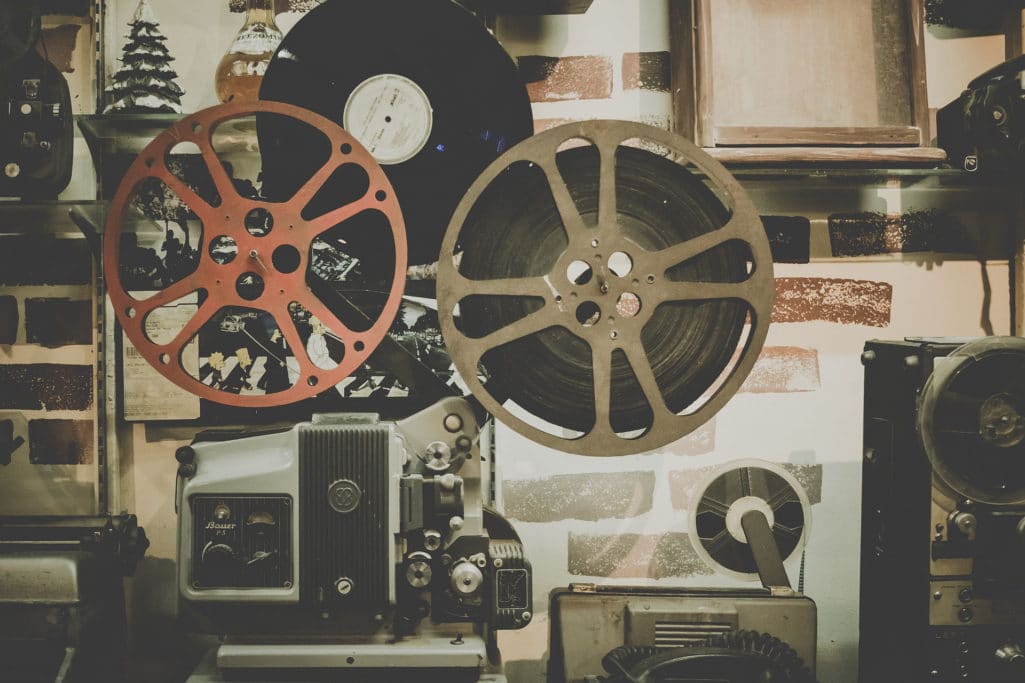
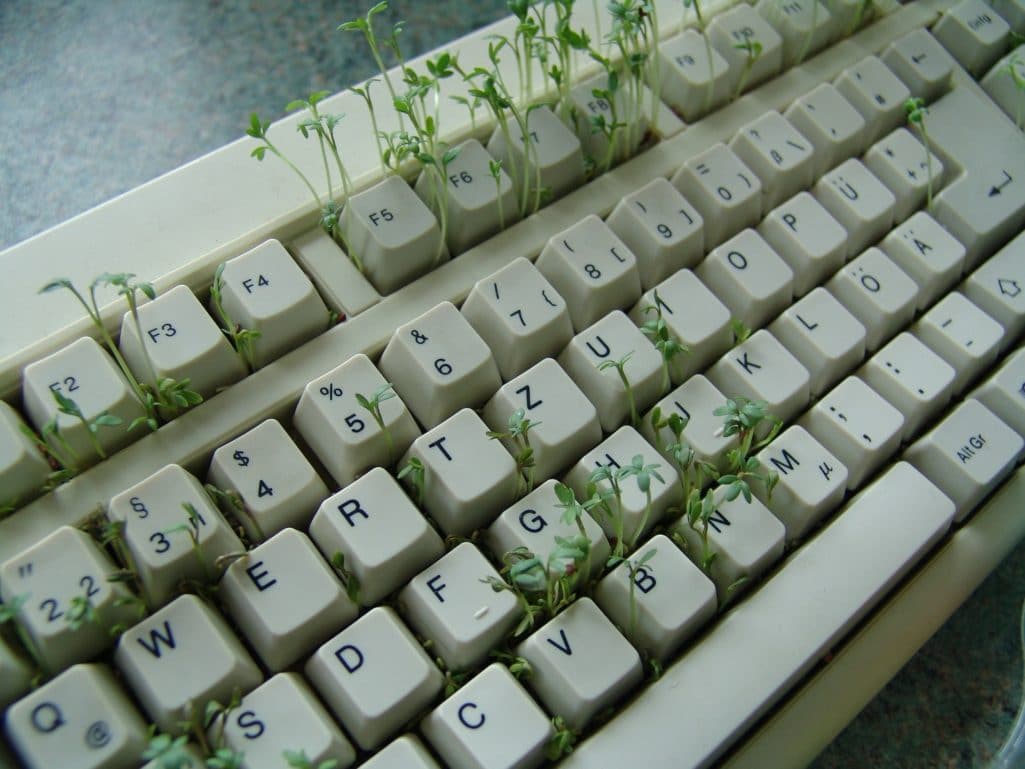
Leave a Reply